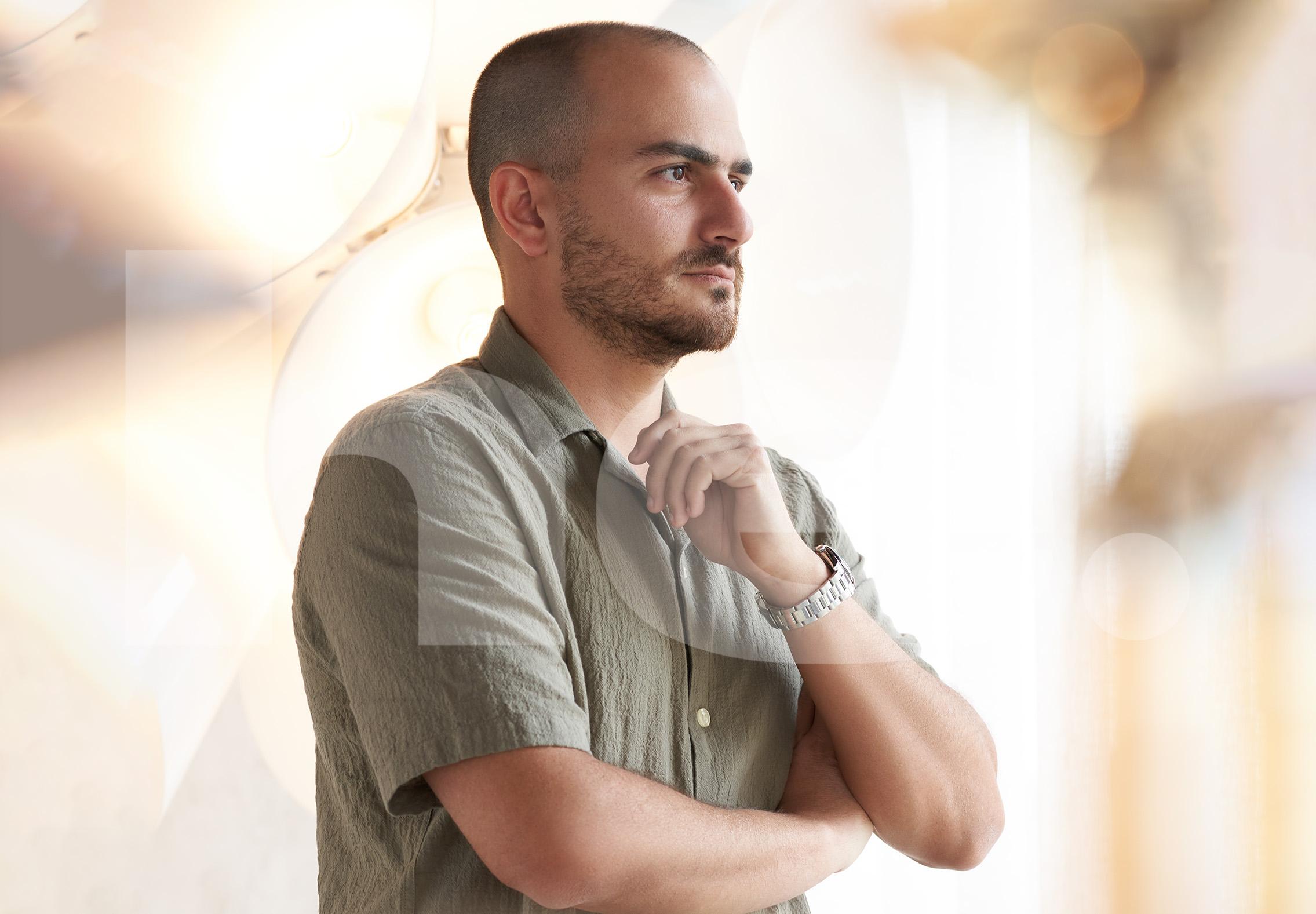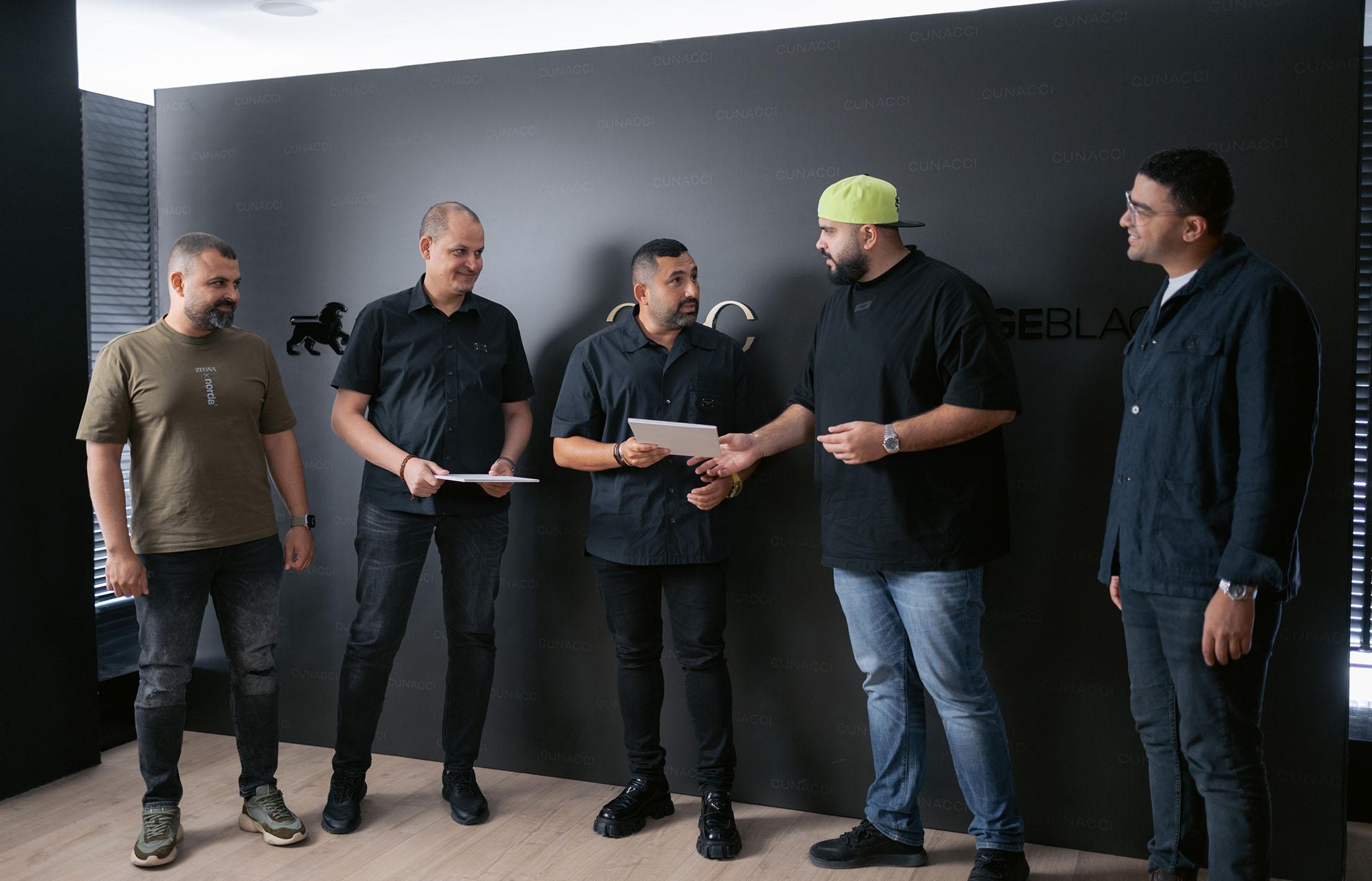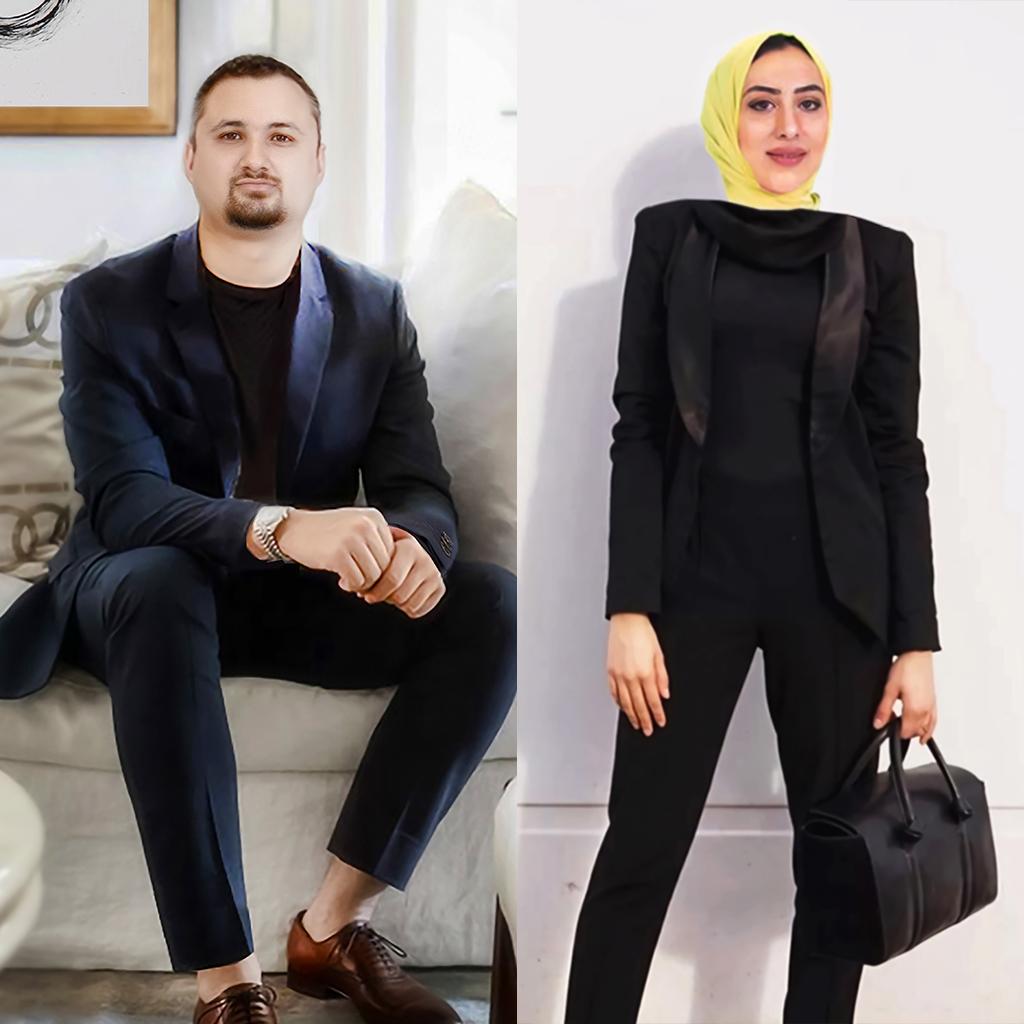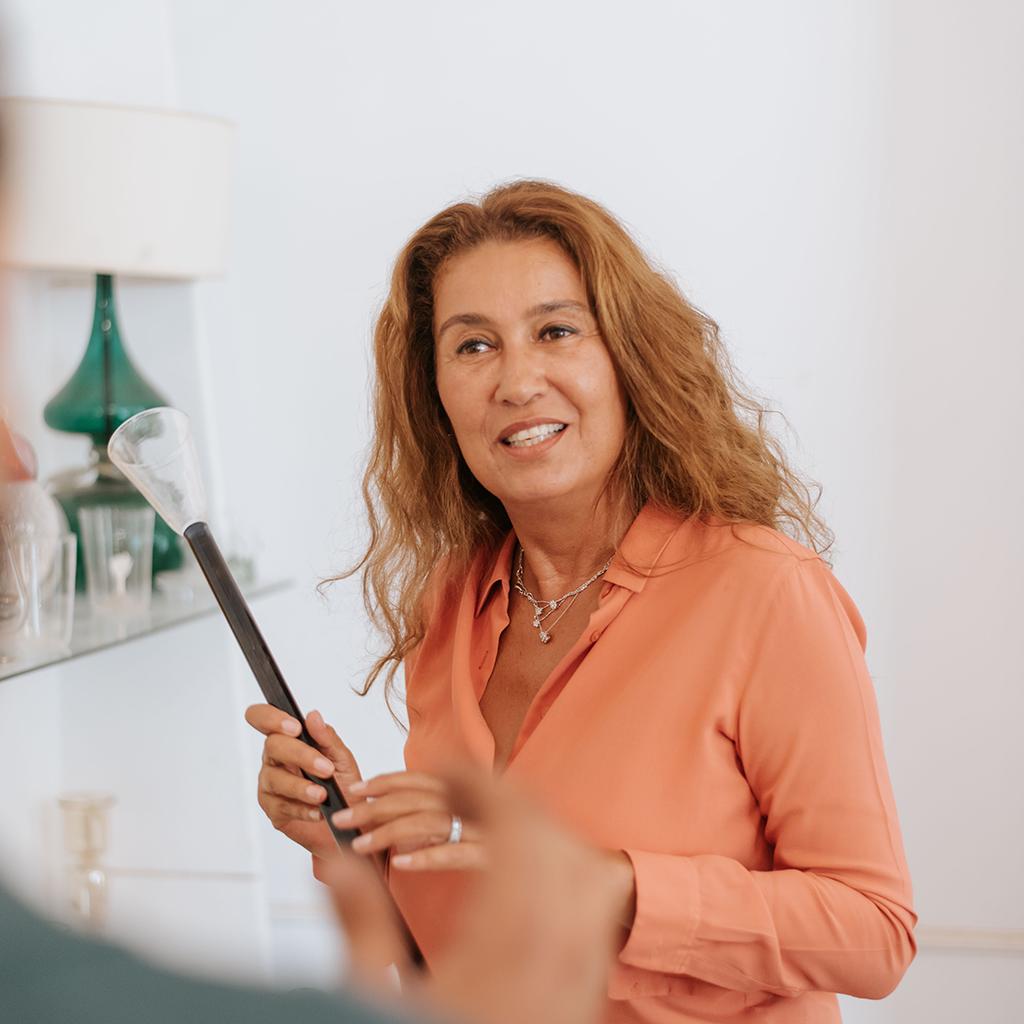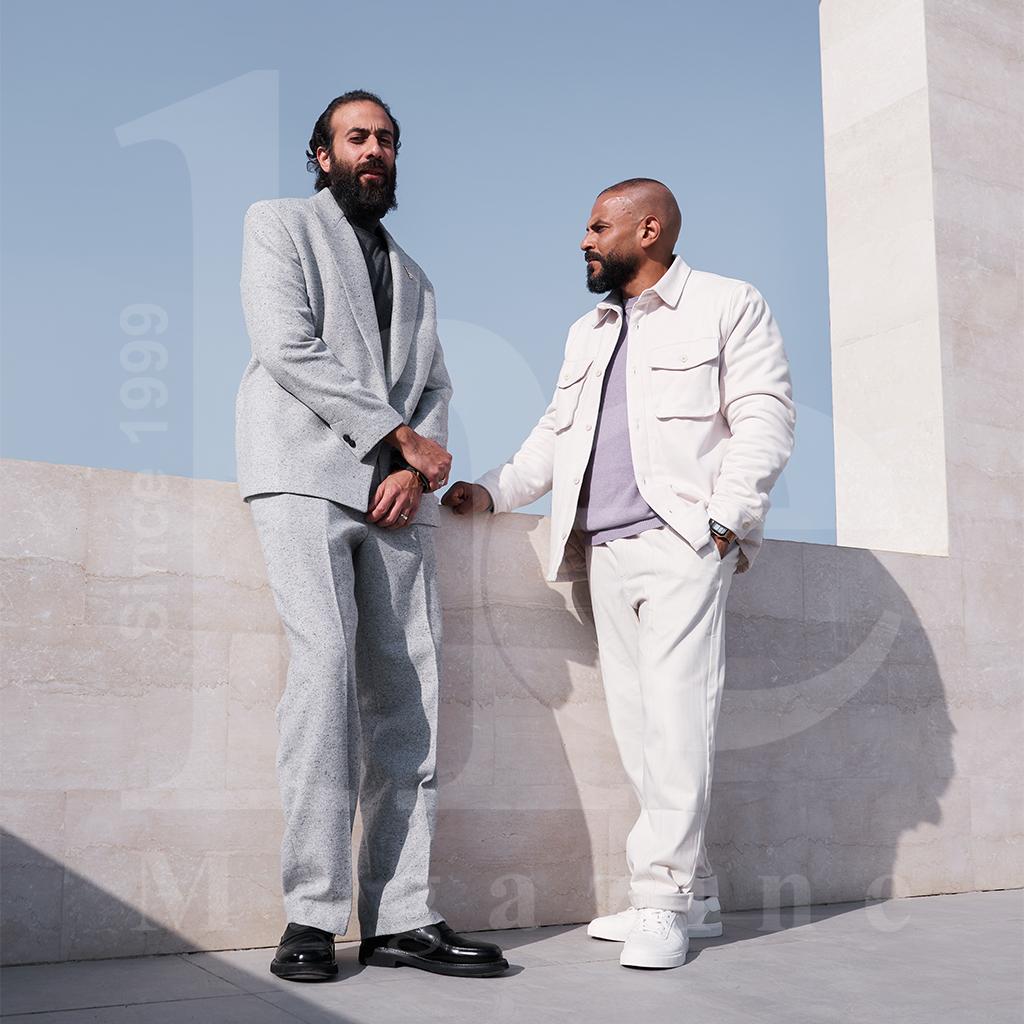
Written by: Farah Hassan
Date: 2022-12-28
In-depth conversation with co-founders Nour El Deen Khaled and M. Yassin El Hamaky on changing viewpoints and pushing for the unthinkable
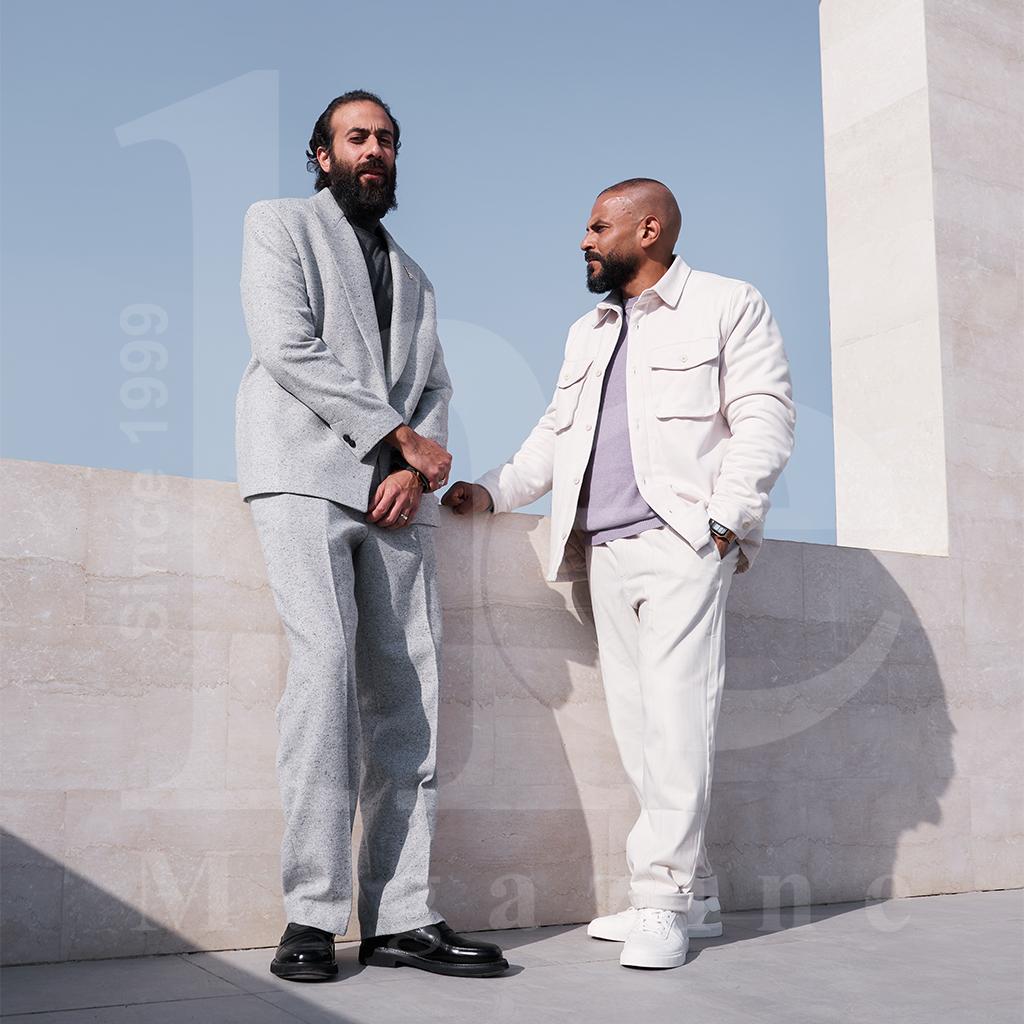
In-depth conversation with co-founders Nour El Deen Khaled and M. Yassin El Hamaky on changing viewpoints and pushing for the unthinkable
From enormous monuments to the homes and buildings that make up a city's fabric, architecture has served as a symbol of society throughout history, representing the ideals, triumphs, and final collapse of civilizations. Architecture exists at its core to create the physical environment in which people live; nevertheless, architecture is more than simply the constructed environment; it is also a component of our culture. It represents how we see ourselves as well as how we perceive the environment. As the globe became more linked, styles developed, but even in modern architecture, it is important to honor cultural subtleties in the built environment.
Well-designed architecture and the emotional connection people have to it are not easily quantifiable. It's not just useful, but it also speaks to you on a subliminal level. While building for the function is vital, it's also necessary to tap into that emotional connection since they both speak to the feeling of experiencing architecture. It's not only an academic comprehension but an emotional bond between the user and the area itself.
Lab59 Architects co-founded by CDO Nour El Deen Khaled and CEO M Yassin El Hamaky comes with combining both art and science, drawing on and intertwining with psychology, sociology, economics, politics, and more. At Lab59 Architects, the process includes spending a considerable amount of time getting to understand the client, the community, and the environment the project will be in well before any drawings are even started, working closely with real estate developers with high standards. With a total of 18 employees to date, the studio has worked on projects on both national and international scales and is here with HE Home for an exclusive interview.
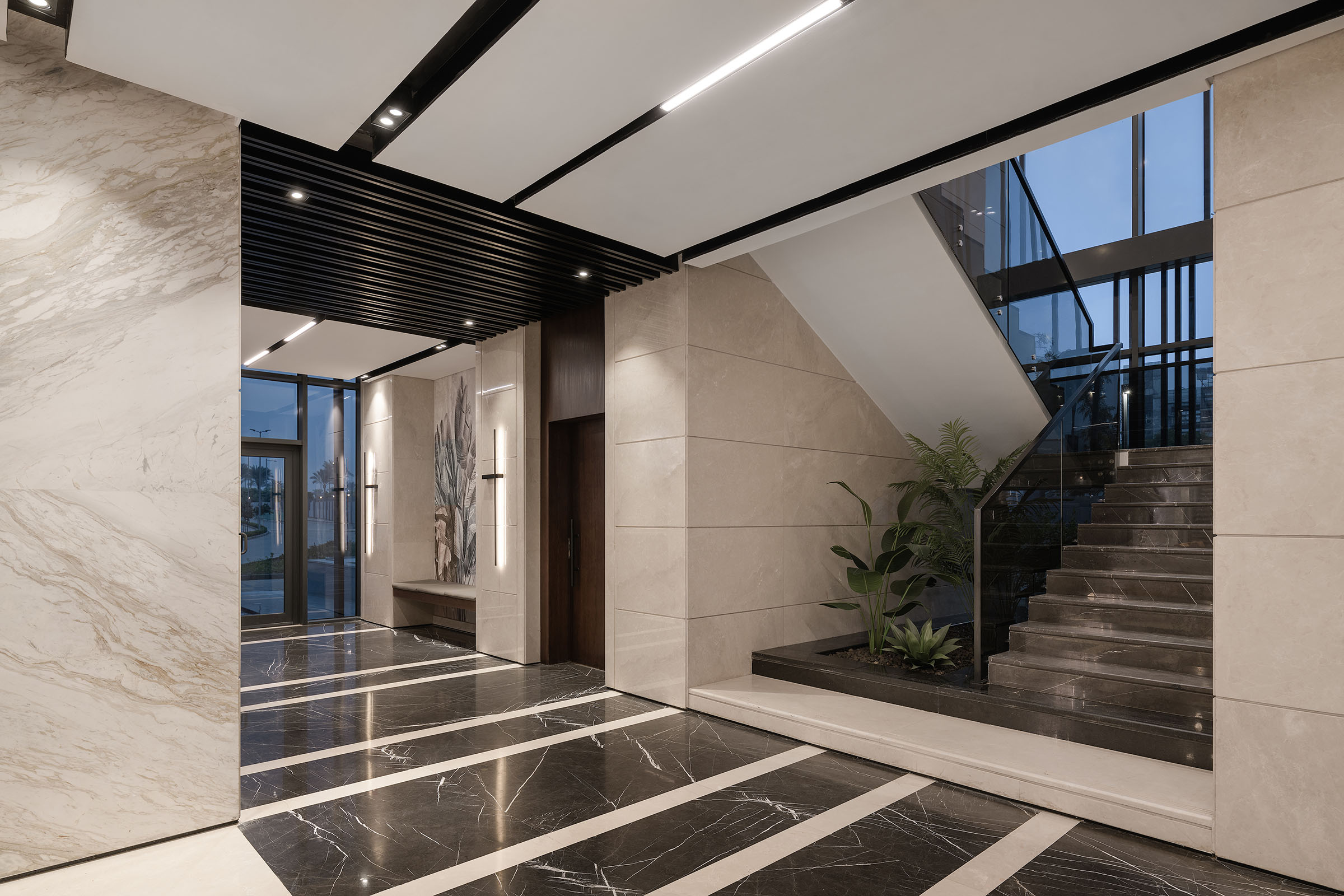
Could you tell us a bit about your educational background, career, and architectural experience? Who is Yassin Elhamaky and Nour Eldin Khaled?
Nour: Both Yassin and I graduated together from the same university (Ain Shams University), the faculty of architecture in 2008, and were close classmates. Upon graduation, we both worked in well-known and renowned studios, gaining a lot of experience both locally and globally, speaking and well-rounded image of the market as a whole. By the year 2017, we sat down together and started working on the necessary steps to open up our own studio.

Yassin: When it comes to our experience, I believe that something that gives us an added edge was the fact that I was able to work on the development side of the industry, understanding the business side that comes hand in hand with architecture.
Alongside working in many NGOs, we always strived to have a diverse background, whether it may be on the business side of architecture or architecture in itself or a multidisciplinary side of the industry.
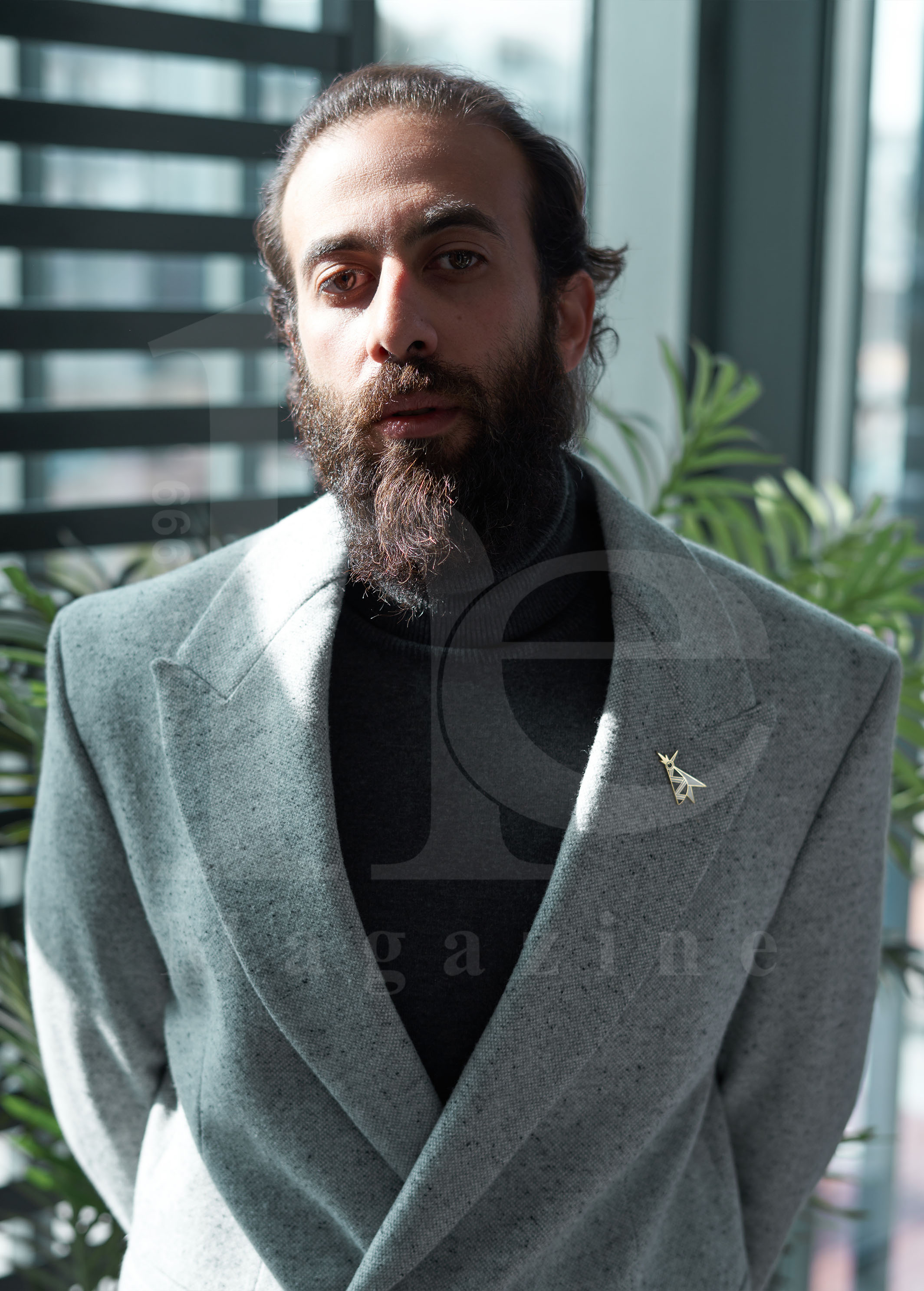
How would you define your architectural approach?
Yassin: When I began working on the business side of architecture, I gained a fresh understanding of how the industry regarded architecture as a whole, which I feel ultimately offers us a competitive advantage in the market. Nour and I operate as a team, with me managing the business aspects of the job, such as client management, company growth, marketing, financing, and any legalities that may arise. As a result, I believe we can produce projects that are overall successful owing to the prior research and thought process, attaining the needed KPIs and standards for customers and developers, and fundamentally basic human wants and comfort. We attempt to put a marketing edge into the projects, not just a philosophy, but much more in terms of aesthetics, function, and business to provide value to the end user and developer at the end of the day. A project's flexibility is crucial to a successful, timeless design that tells a narrative.
Nour: I'm more concerned with the design and how we can provide a distinct and exclusive user experience with data. We perform extensive study on everything before embarking on a project in order to fully appreciate what the project comprises and what its genuine potential may be. We pride ourselves to be creative and daring designers; whatever project comes our way; the research process is intensive and exhaustive in order to obtain the exact vision the customer has.

Having observed the relationship between technology and design, what do you believe is its future? Do you believe one overpowers the other? We often hear the phrase “form follows function” but do you believe that design follows technology or technology follows design?
Nour: I feel that there should always be a balance between form and function; if a design does not serve a purpose, it becomes art. When we consider technology and its role in such a connection, it is a critical aspect of molding the two aspects together. This is how we are able to develop robust buildings and structures that are future-ready to be regarded as instances of what is to come.
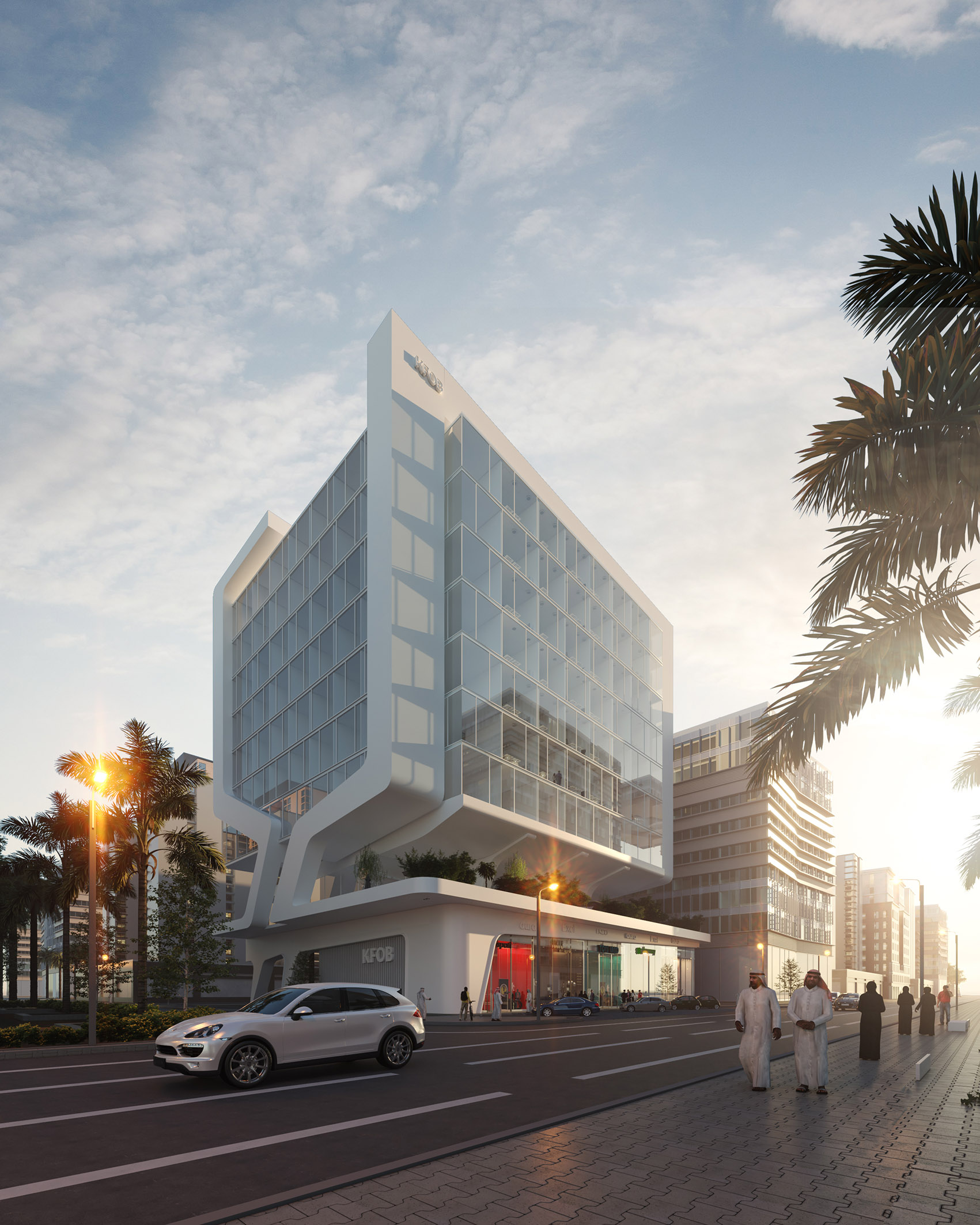
What project do you hold near and dear to your heart? Could you tell us more about it?
Nour: We were given the challenge of designing a service apartment building in Brazil. They had seen our work on the internet and were eager to collaborate with us and see what we could achieve with the site. It was an interesting experience researching the cultural background and history of the location, and in the end, we came up with two concepts that I felt were equally fantastic, and it still has a particular place in my heart to this day.
Yassin: Every project has a different story, we worked on a competition with several other studios working on the same site that entailed office buildings and working closely with the developers. Our design consisted of joining several office buildings together while also adding a breathable and open space element with courtyards to create a homogenous built-to-open-space ratio. We eventually won the competition and successfully completed the project, and we realized that the business aspect of any project is equally as essential, and I believe that approach is what helped us win the competition.
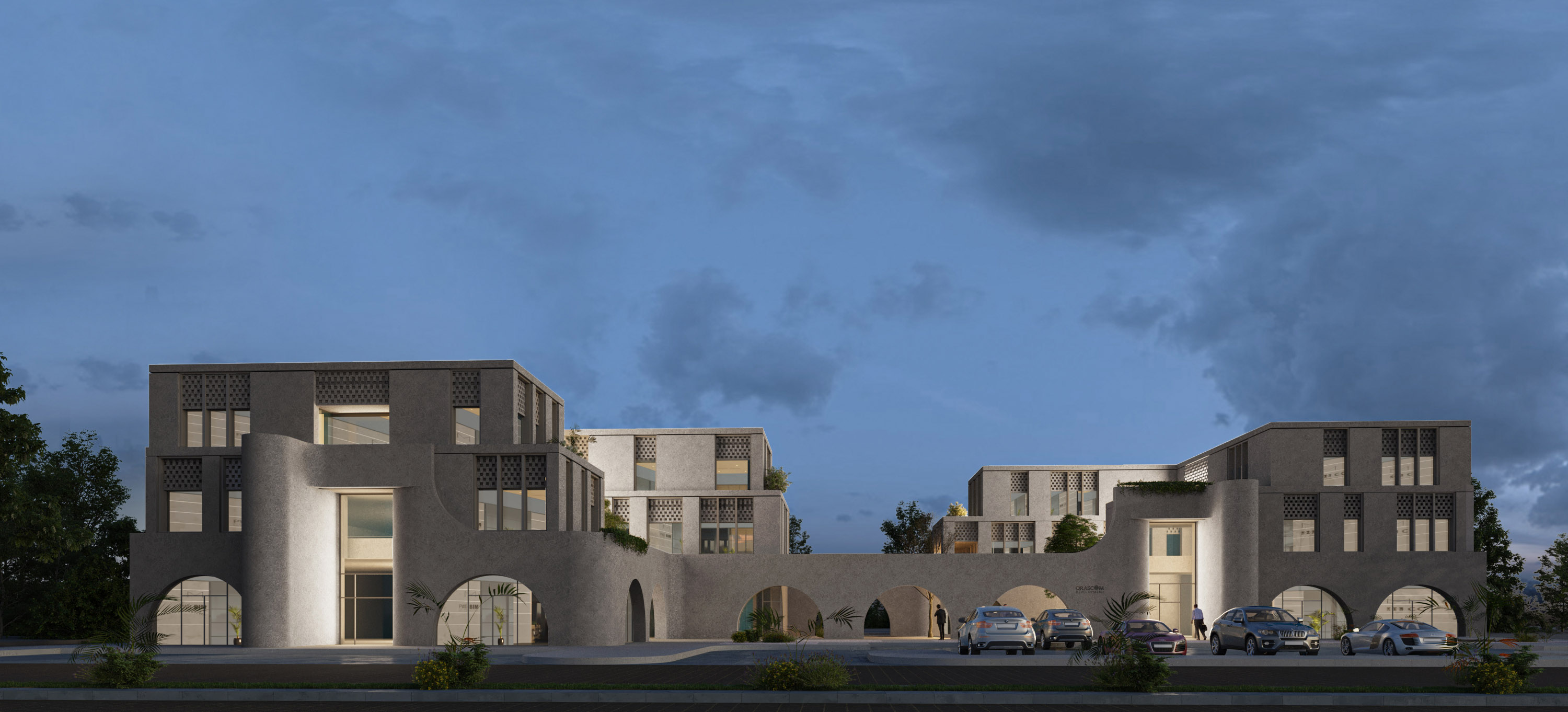
Through researching Lab59 architects it was said that you also work on experimental design, could you tell us a bit more about that and what the term experimental design means?
Yassin: I enjoy experimenting with several sorts of art such as stage design, graphics, advertising, and even product design. In our studio, we do not only work in the architecture sector but we also obtain work centered on art such as art installations, art, or store displays. Design is like a muscle; the more you exercise it, the stronger you get at it; this is why experimental design is so important in breaking up the monotony of day-to-day work and allows more outside-the-box thinking.
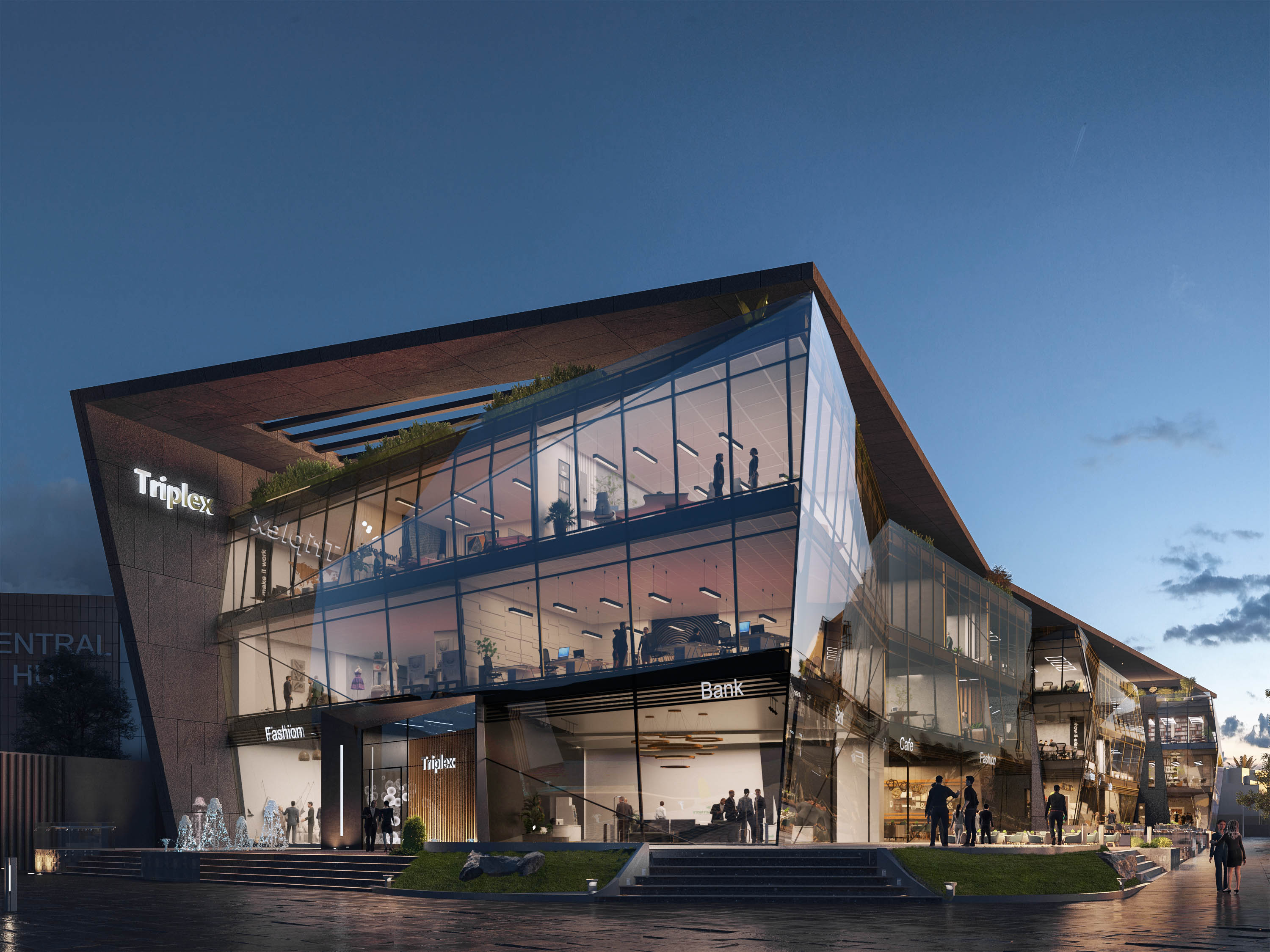
What do you think is lacking in the architectural industry in Egypt and what should be addressed more often?
Yassin: I believe the market faces three major challenges in the architectural industry in Egypt: we need to be able to make laws and regulations when it comes to creating so that a specific quality of architecture is fulfilled, which leads me to my next point, coherence. Overall, and based on my years of experience, I believe there is a problem with the standards and qualities being met in the industry, and I would like to see a board of members in charge of the quality of the work being put out there, with them grading not only the work but also the studios and firms producing the work, assessing them and their work, and determining whether it is truly up to par or not.
Nour: Adding on to what Yassin has said, as a society, we have unfortunately become a highly profit-driven business, which has eventually impacted the designs and quality of architecture. All people worry about is making a profit from anything. Of course, to some degree, any project must generate a profit, but I feel it has gotten to the point where it is the first and primary thing on people's minds, and the designer's effort and appreciation are indeed being squandered.
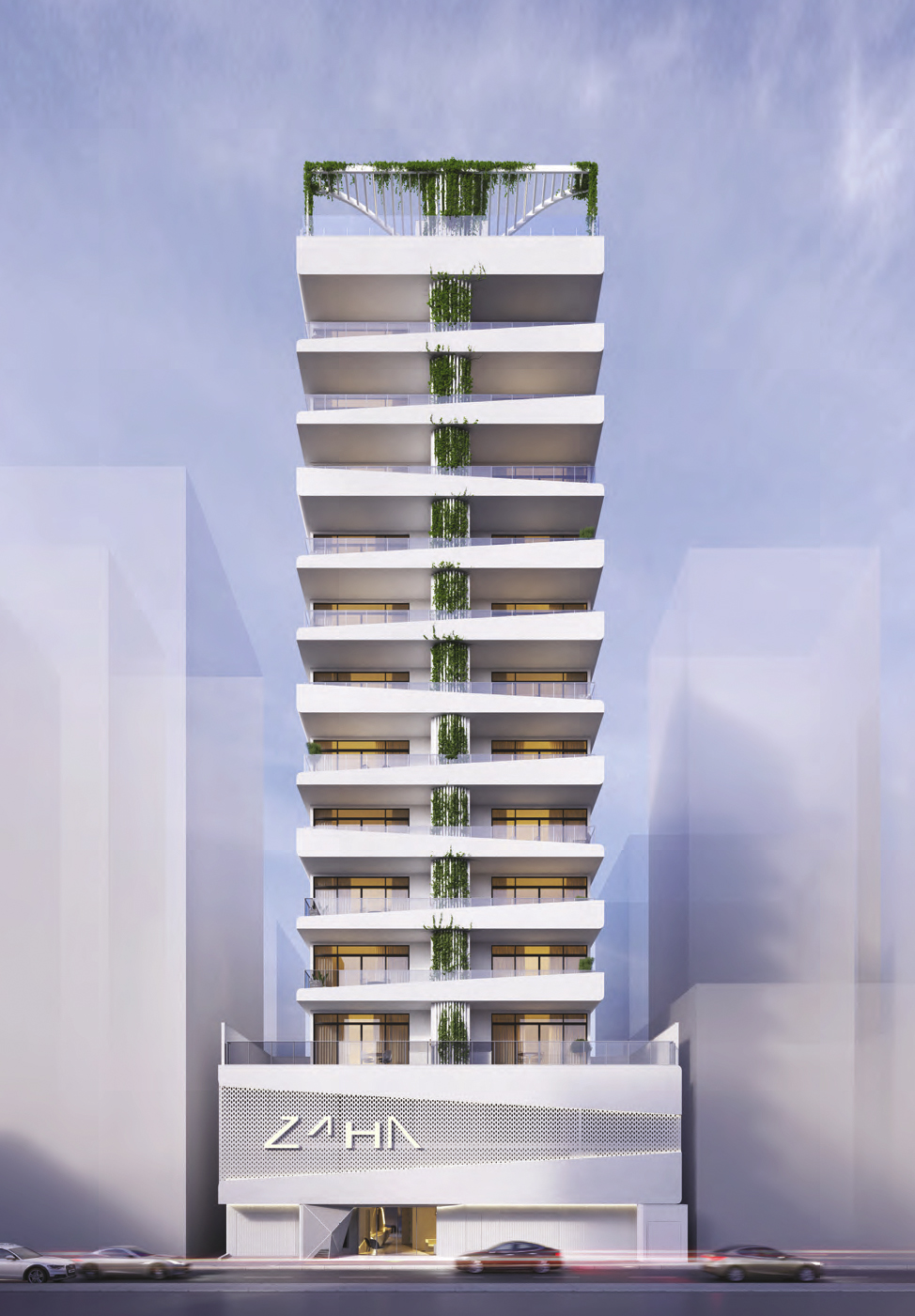
How do you think architecture will evolve, especially with the rise of accessible games, apps, and AI, where anyone can develop their own vision of space? Do you think this will alter the profession in any way?
Yassin: Yes, I definitely believe it will affect the industry, a lot of people will opt for that option. But at the end of the day, if you ask architects why they pursued a career in architecture it would be because of the feeling one gets when you design, you see a computer can never feel what an architect can, and the user or client, let’s say, can never be able to convey that message to the app or computer, and so ultimately that’s where the issue starts to be clear and is where the gap lies.

